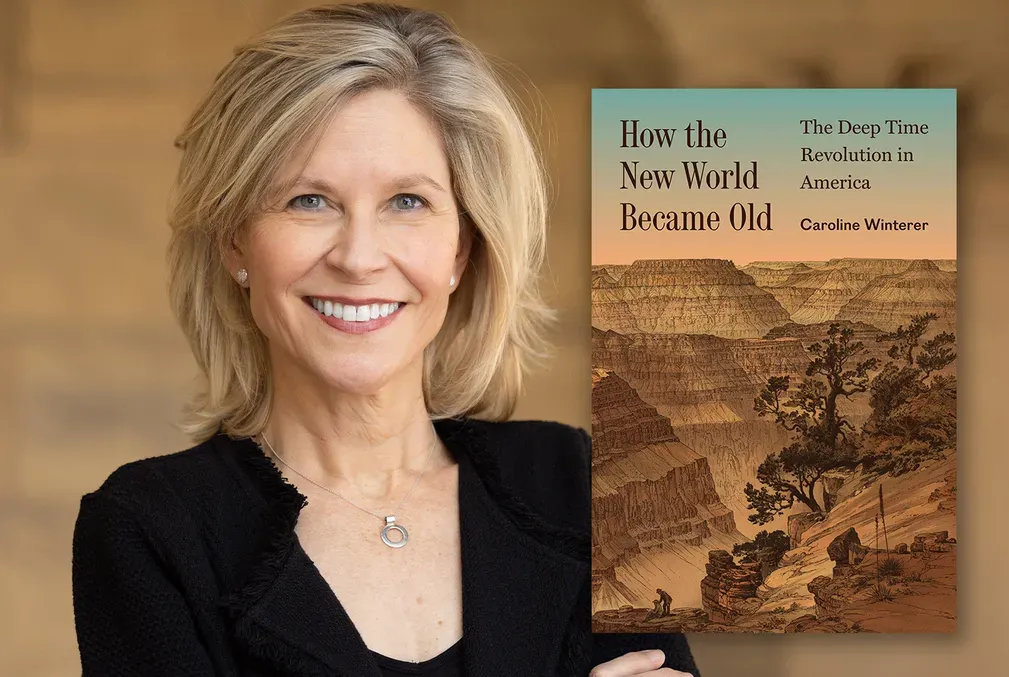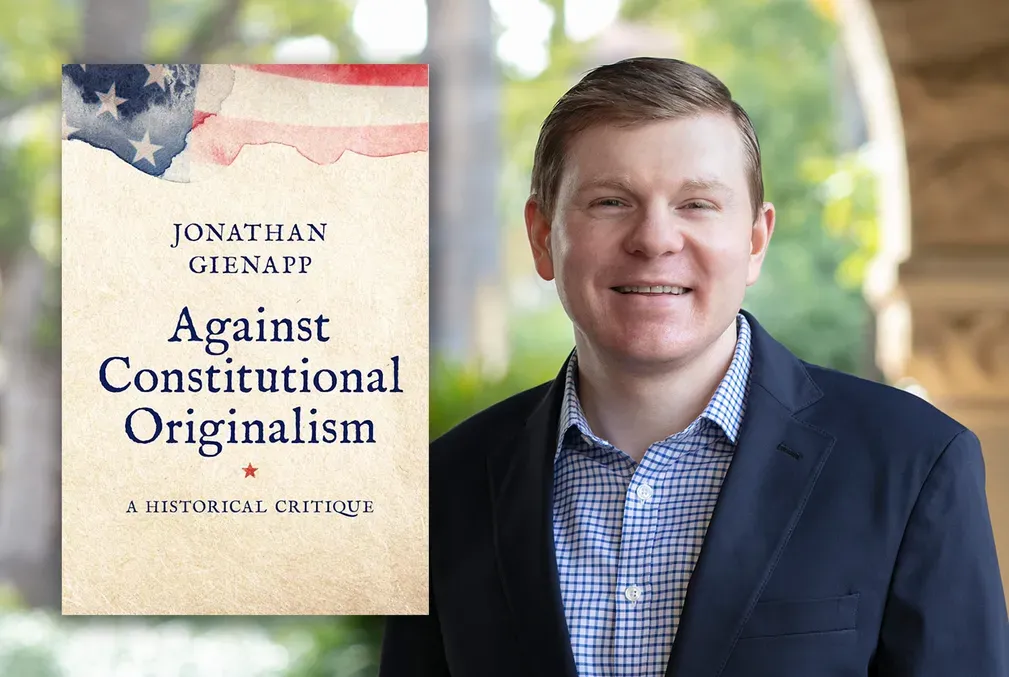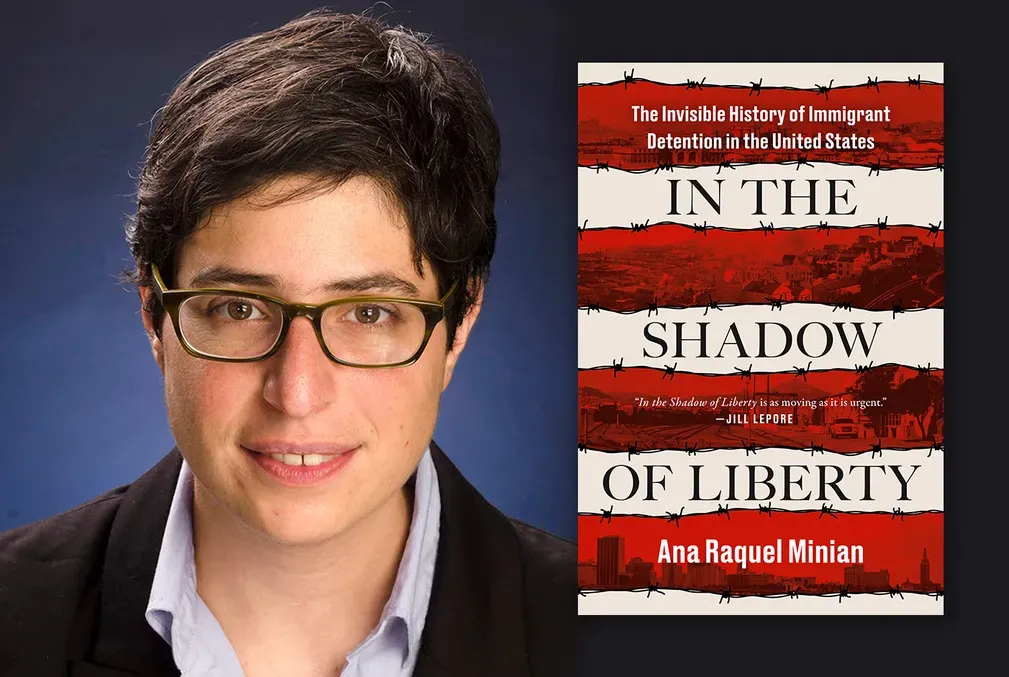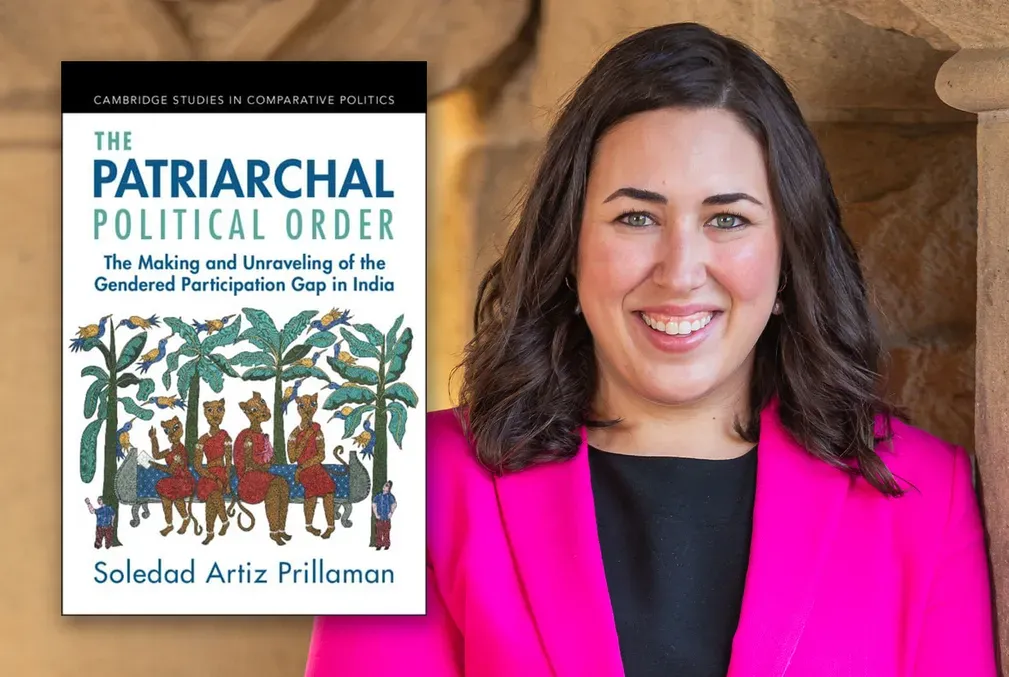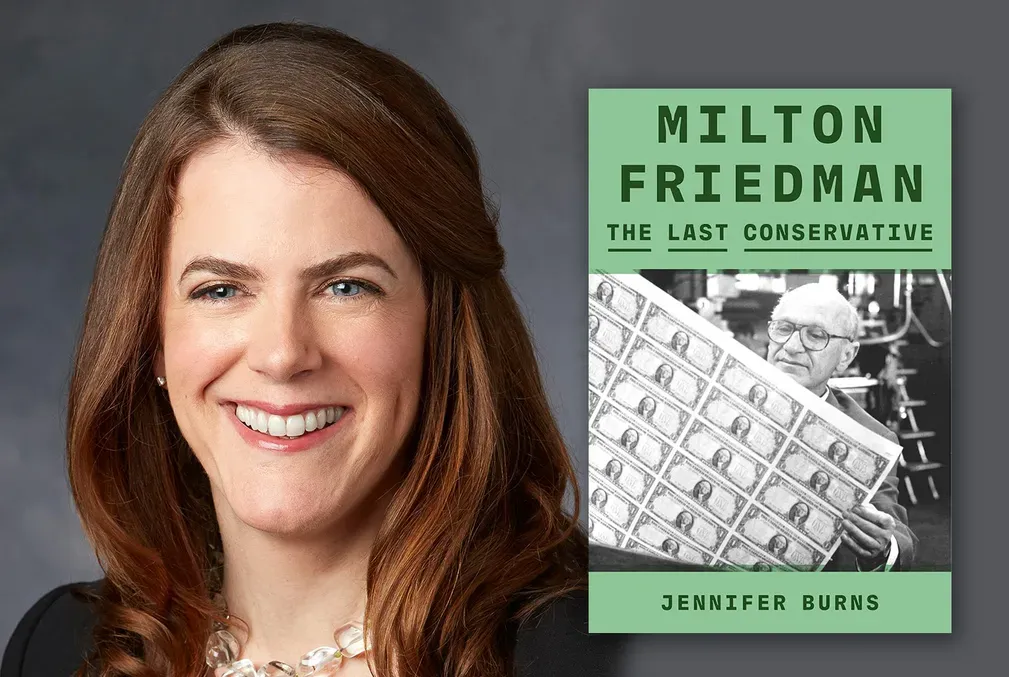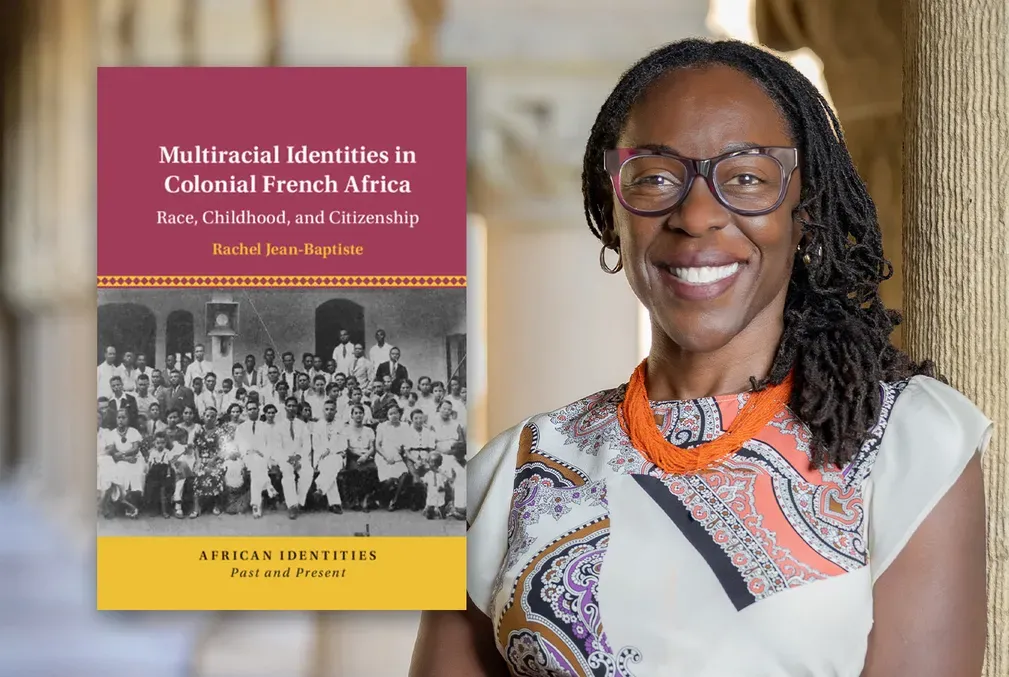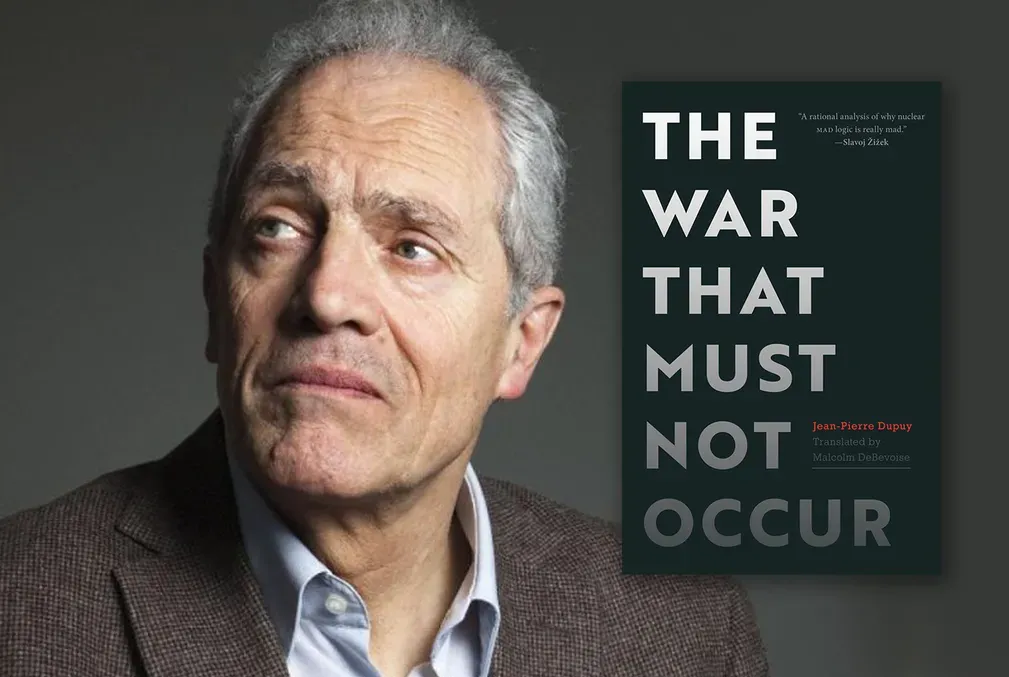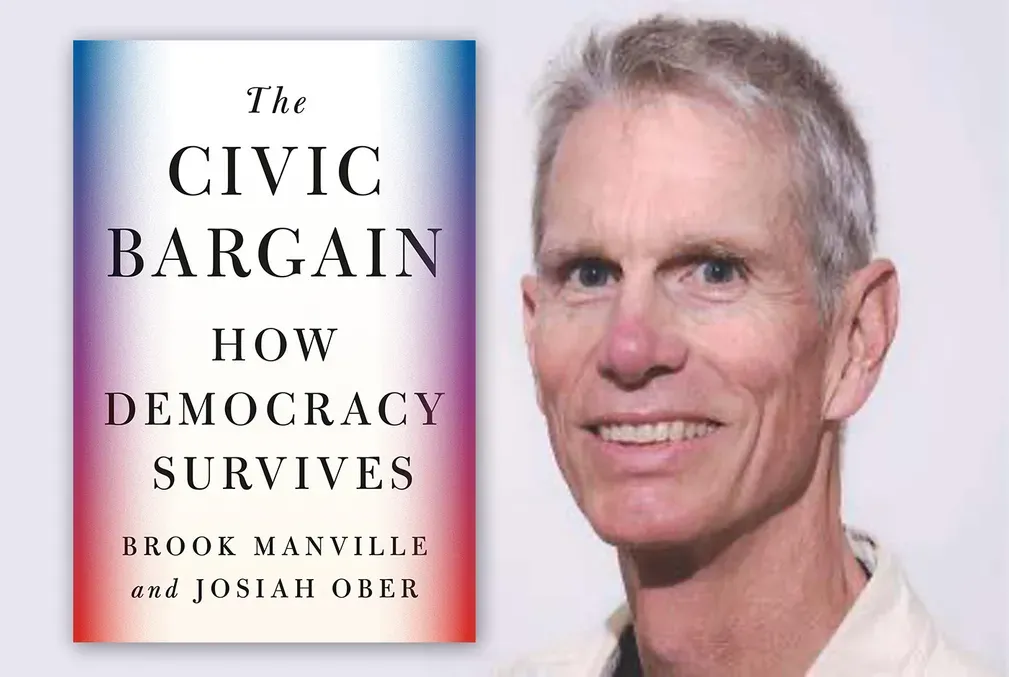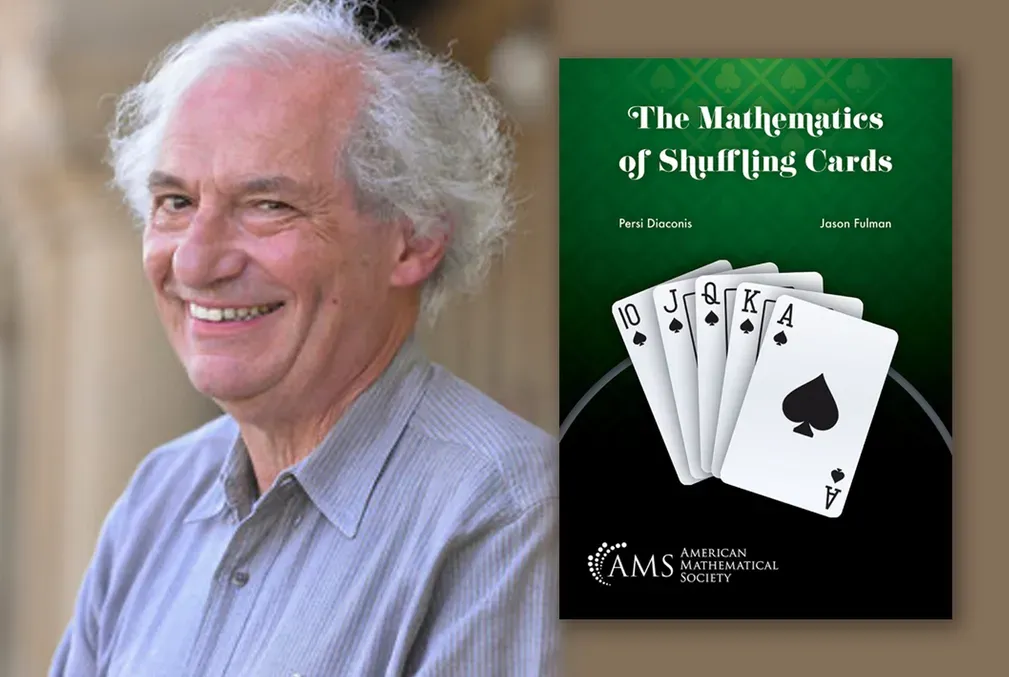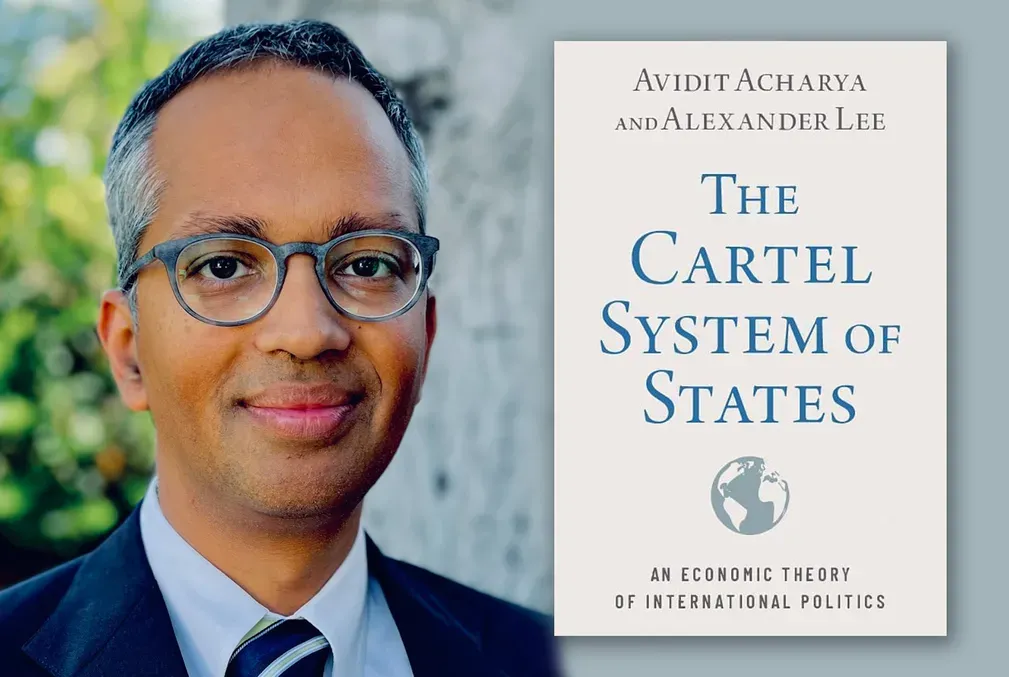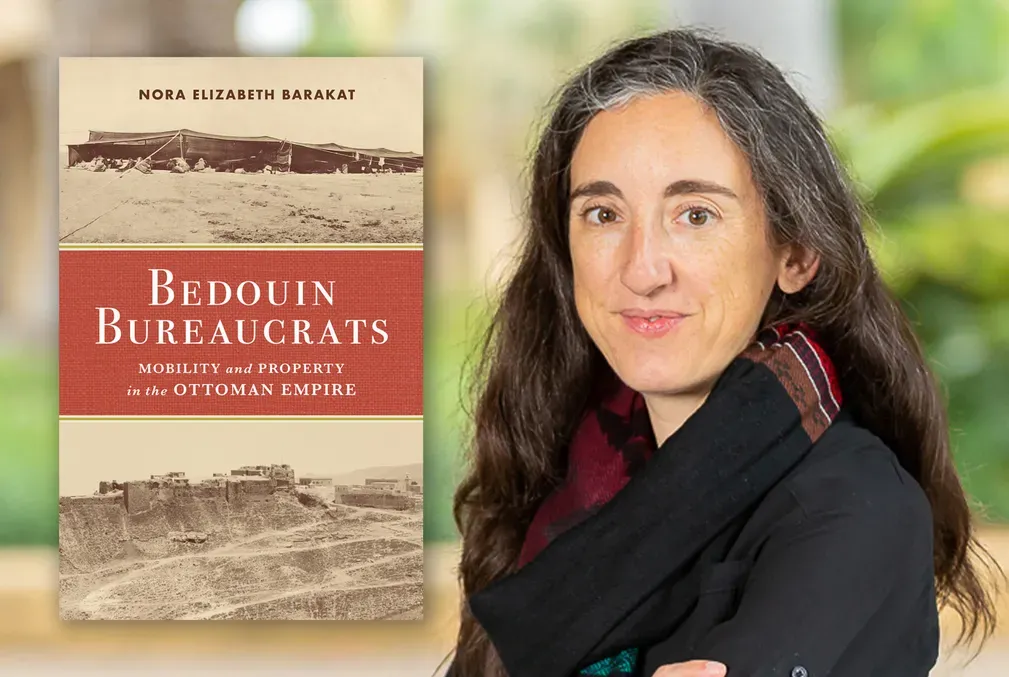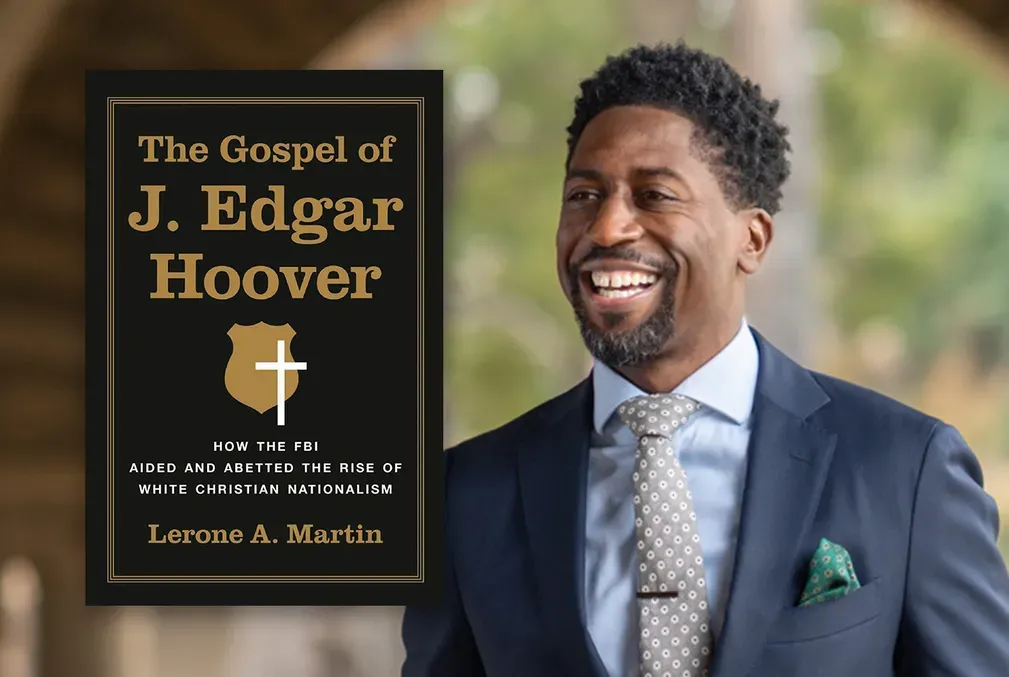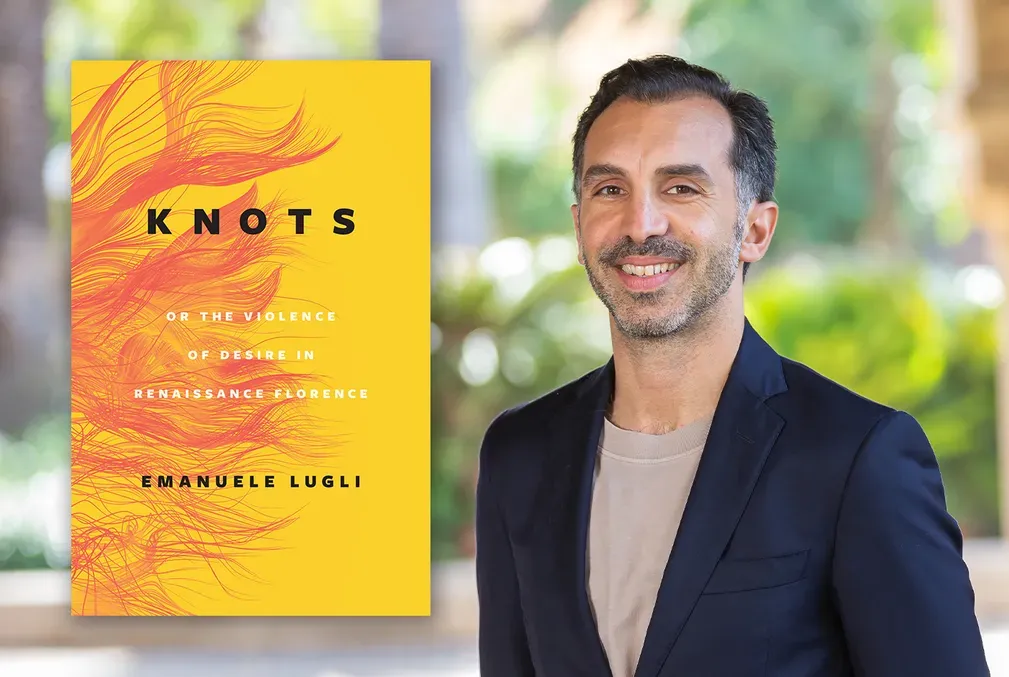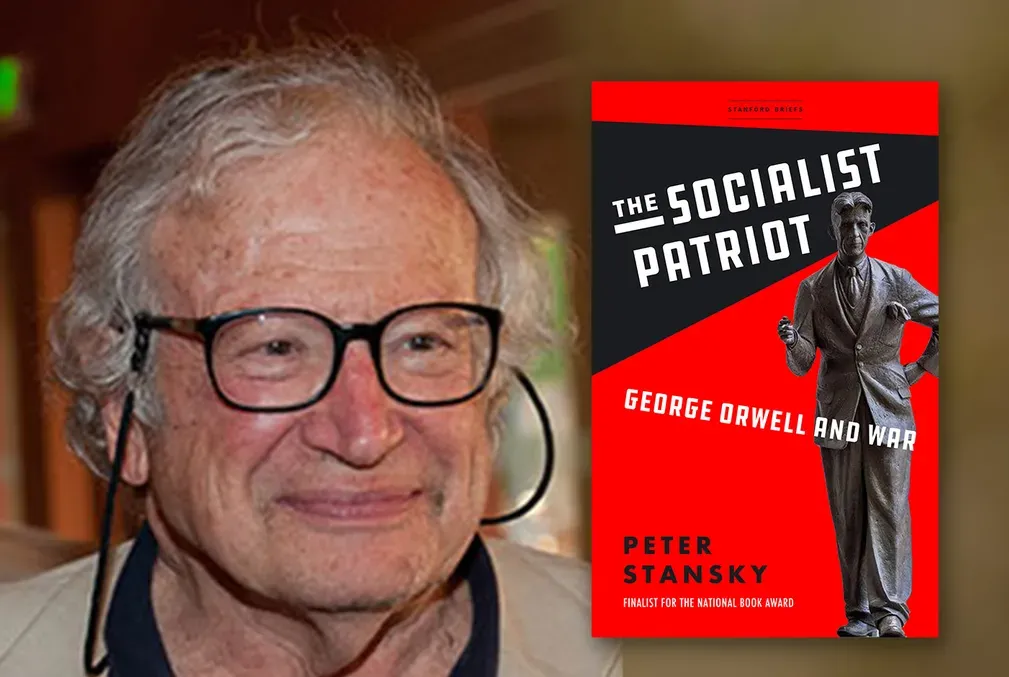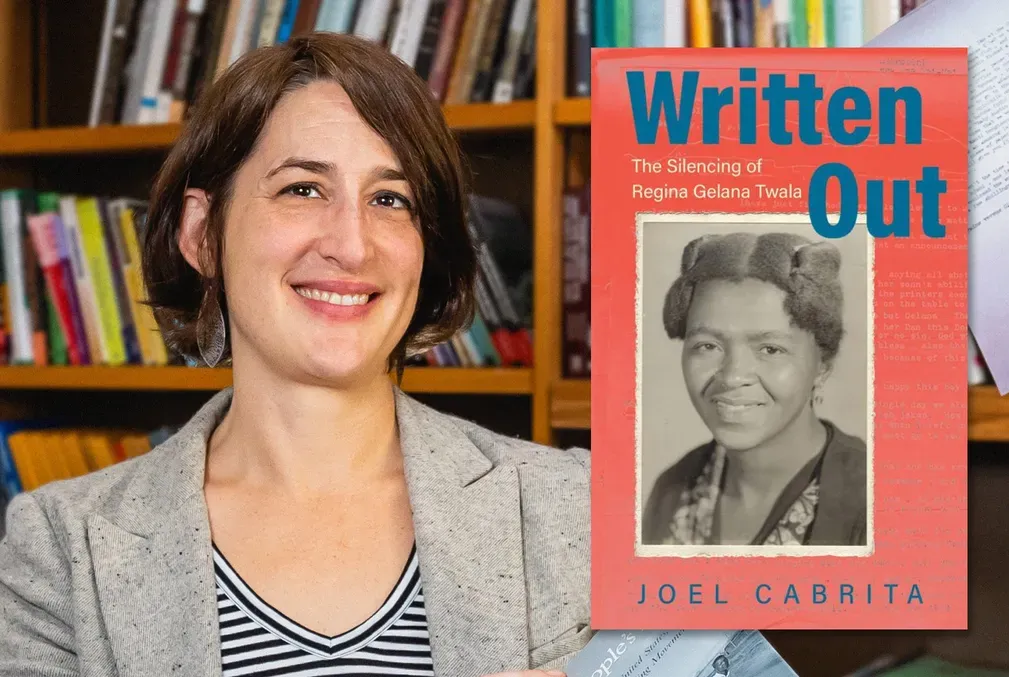Books in Brief
Measuring in the Renaissance: An Introduction
Author: Emanuele Lugli
Via Cambridge University Press
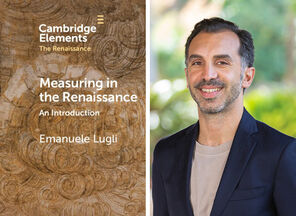
“During the Renaissance, measuring played a critical role in shaping trade, material production (ranging from architecture to tailoring), warfare, legal studies, and even our understanding of the heavens and hell. This study delves into the applications of measuring, with a particular emphasis on the Italian states, and traces its wide-ranging cultural effects. The homogenization of measurements was endorsed as a means to achieve political unity. The careful retrieval of ancient standards instilled a sense of connection and ownership toward the past. Surveying was fundamental in the process of establishing colonies. This study not only examines the perceived advantages of measuring, but it also highlights the overlooked distorting aspect of this activity. Measuring was not just a neutral quantification process but also a creative one. By suppressing or emphasizing information about the material world, measuring influenced people's perceptions and shaped their ideas about what was possible and what could be accomplished.”
Lugli is an assistant professor in the Department of Art and Art History.



